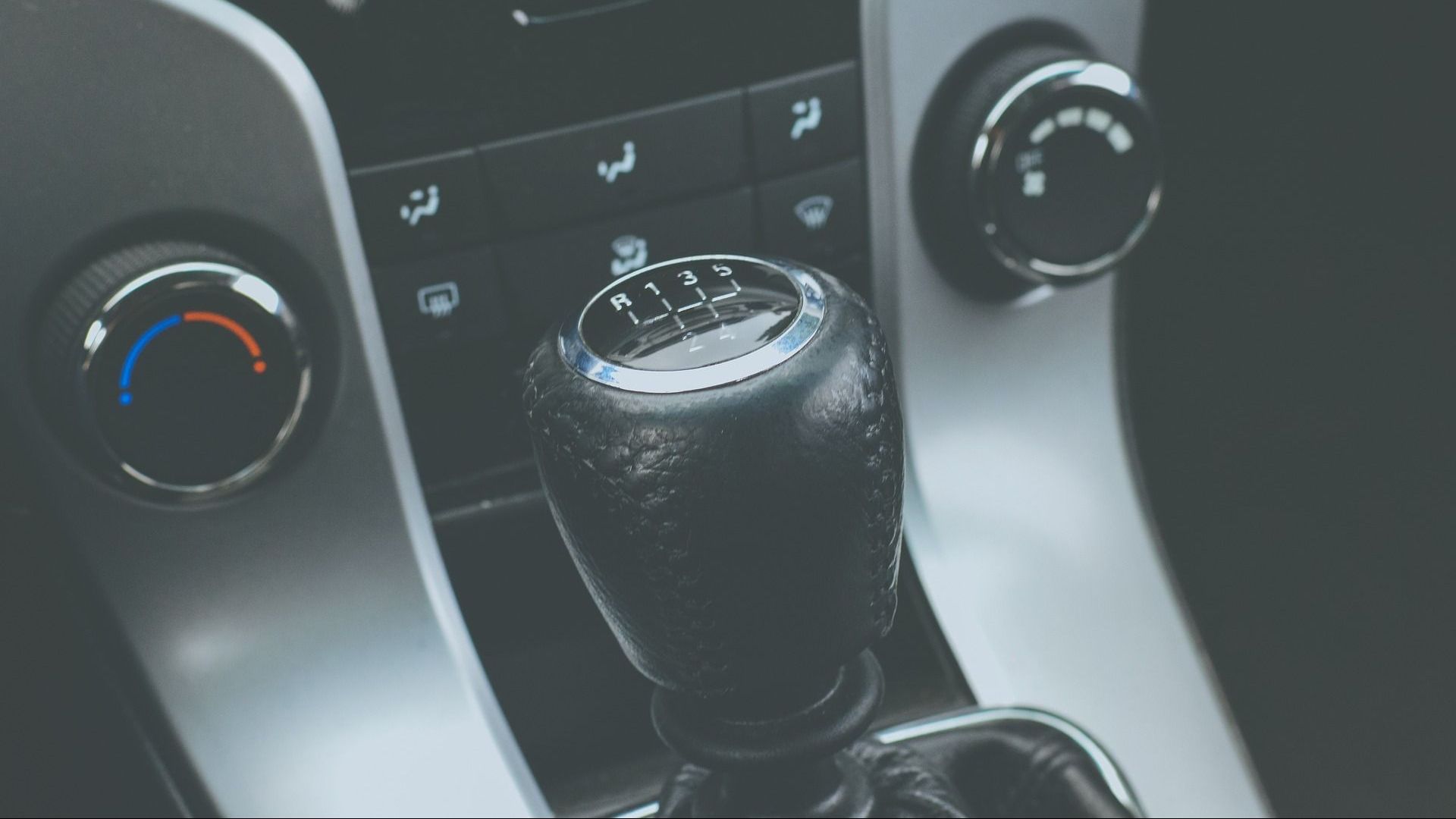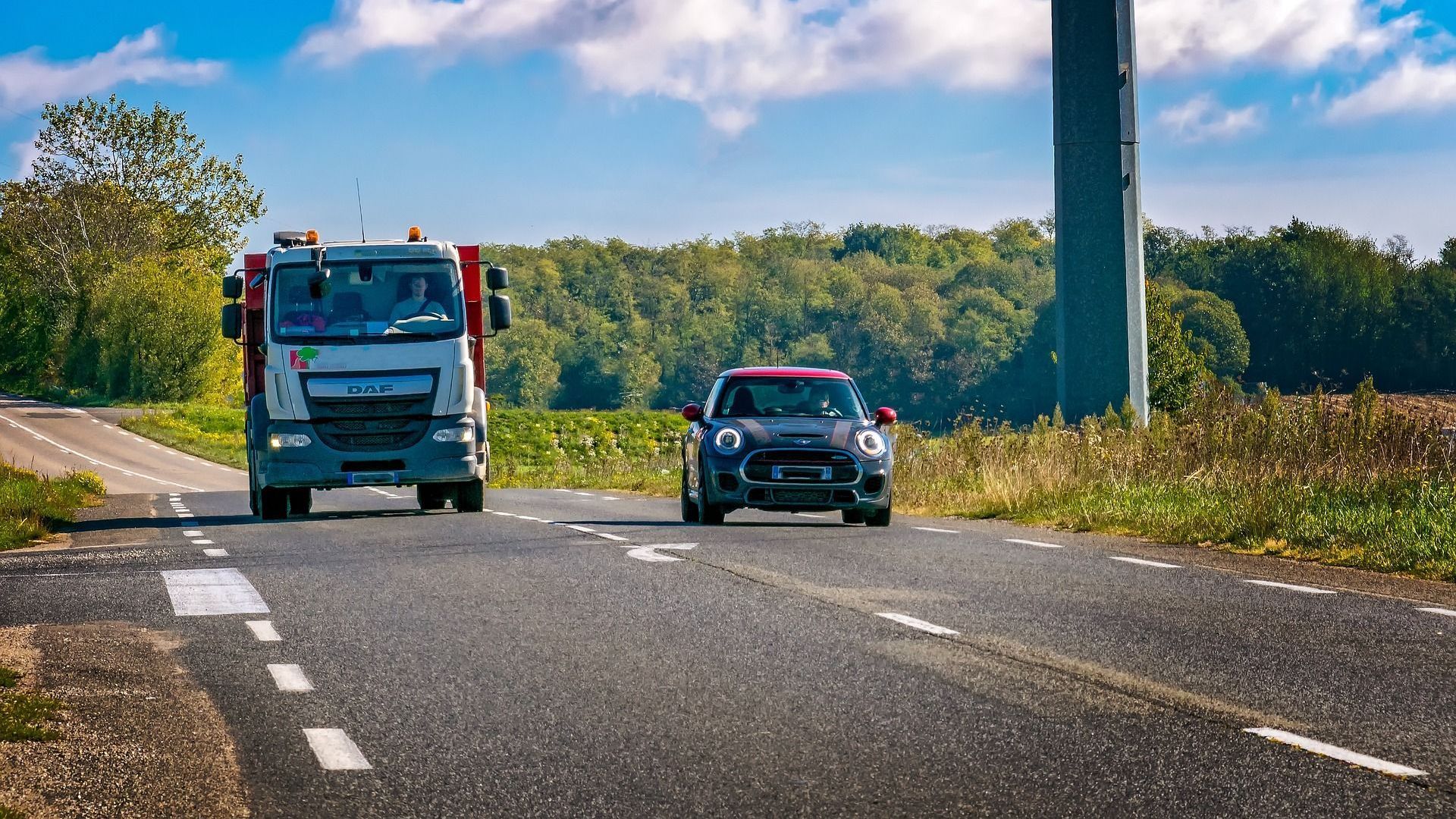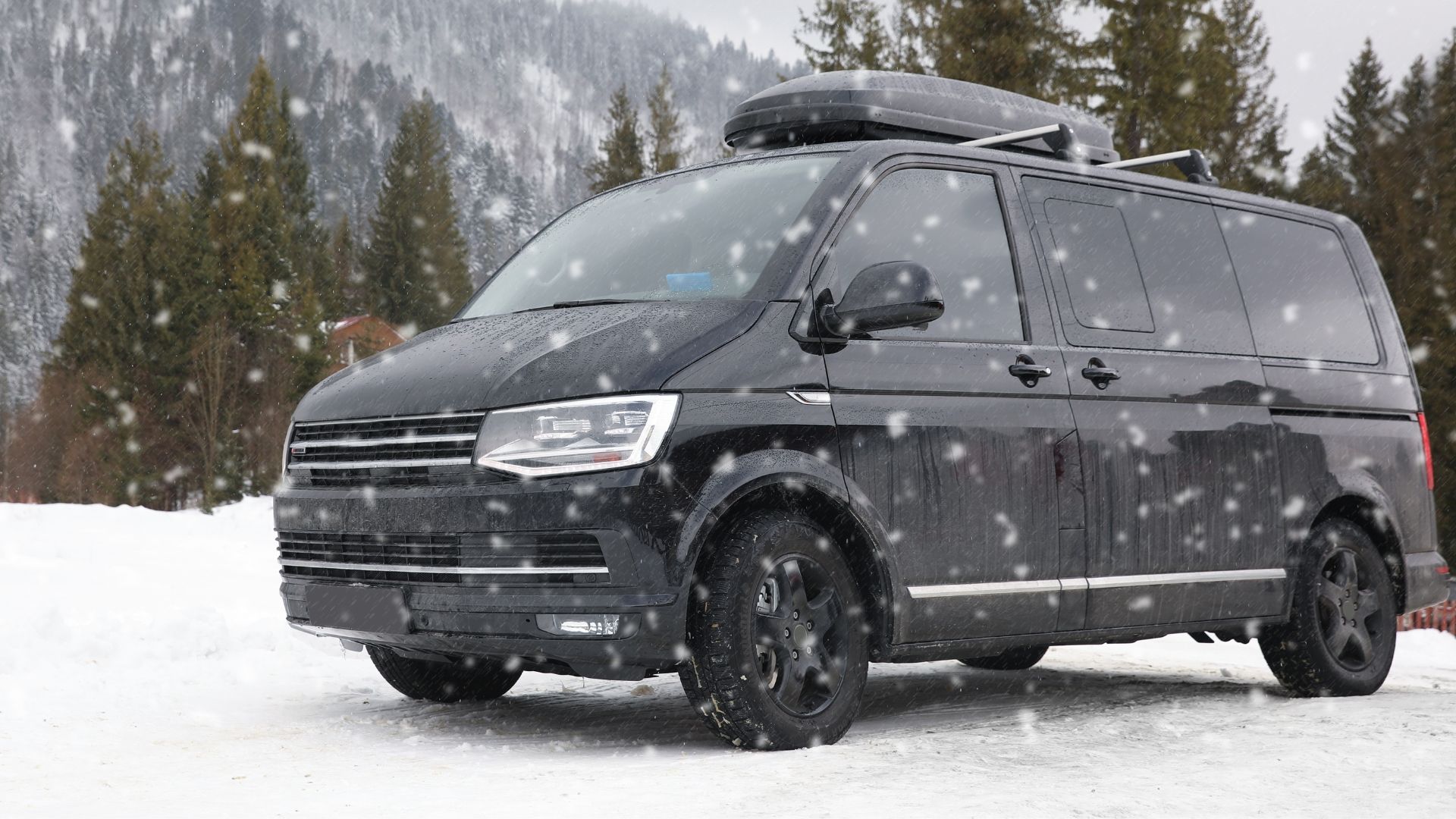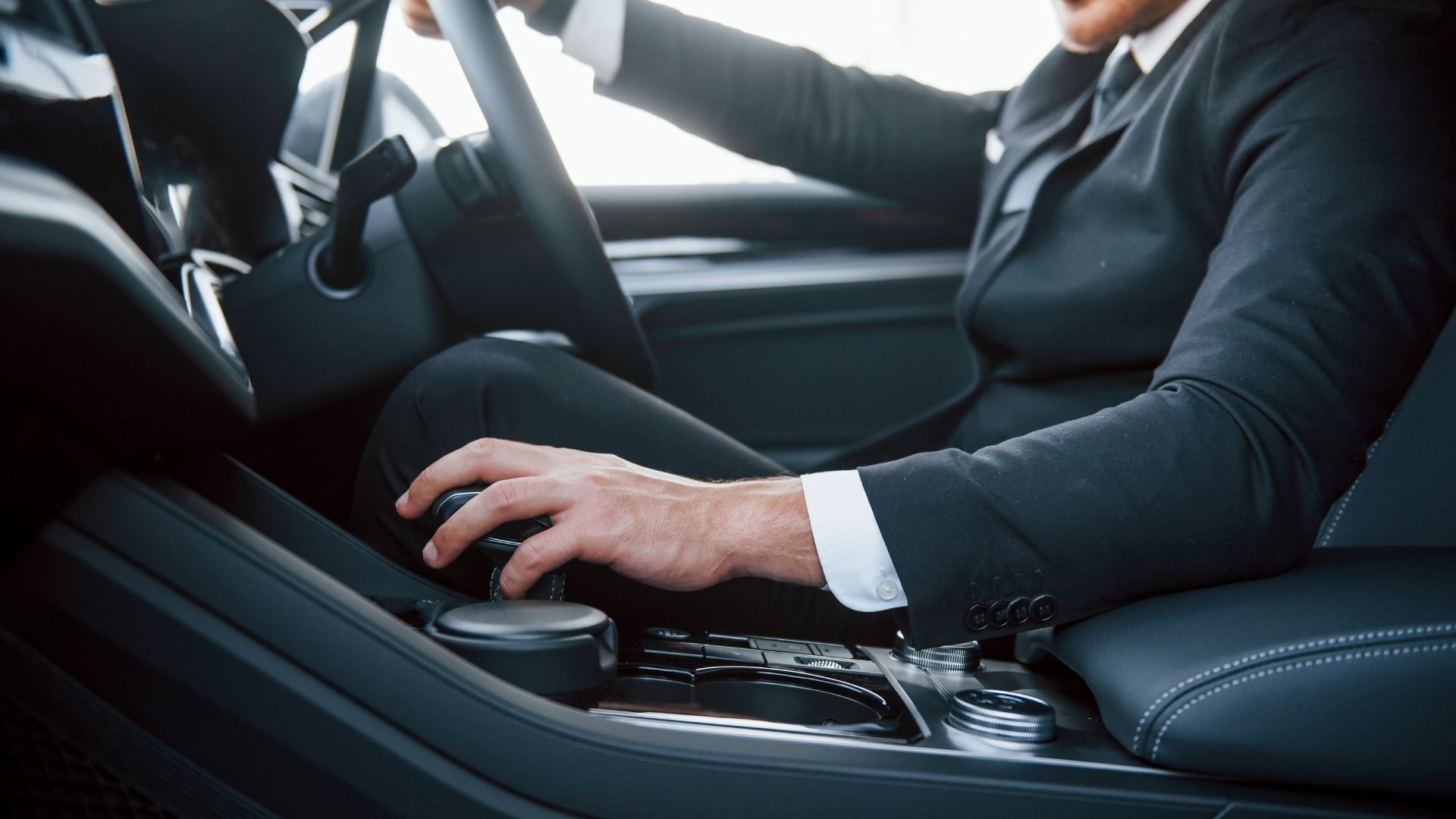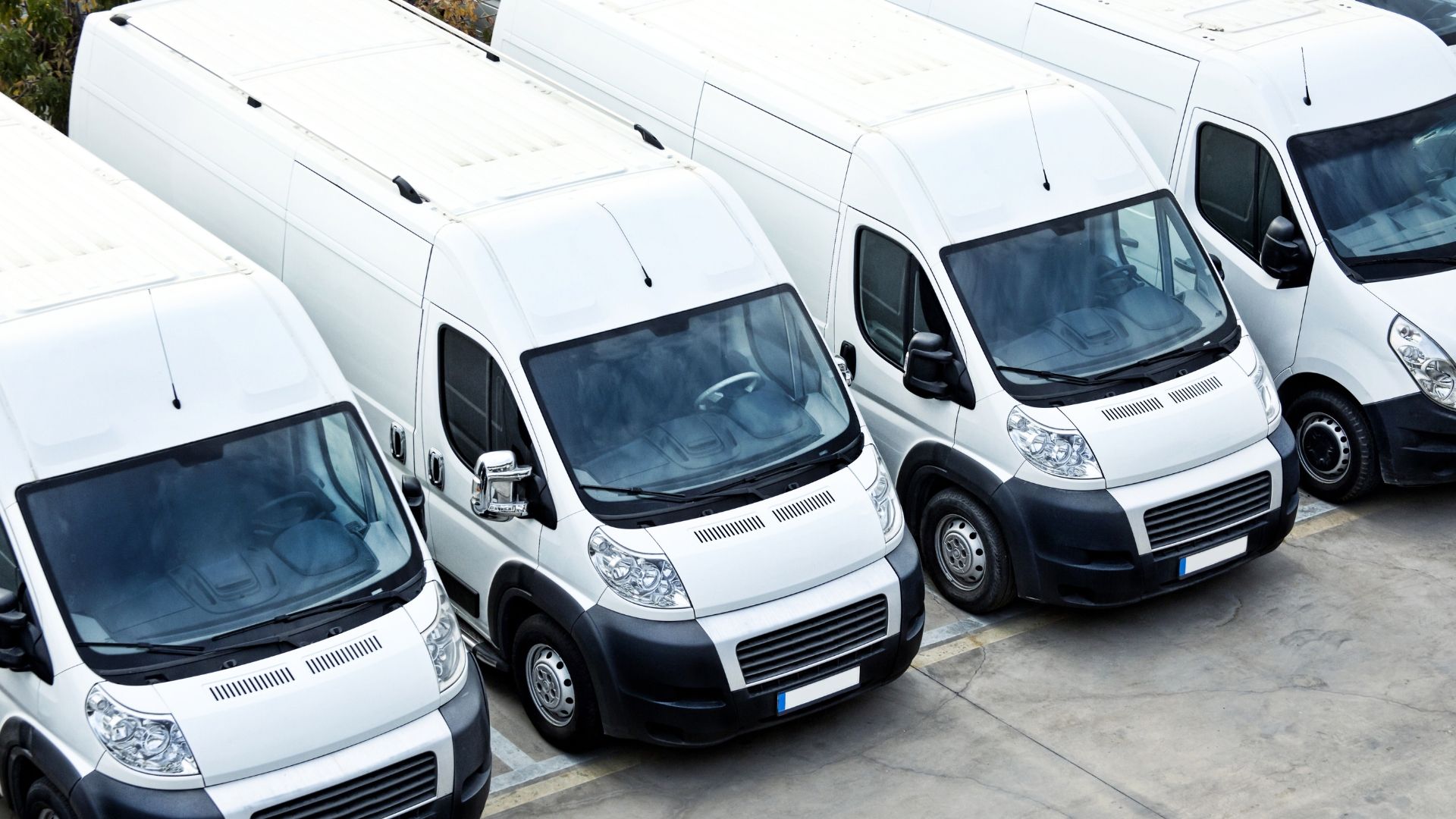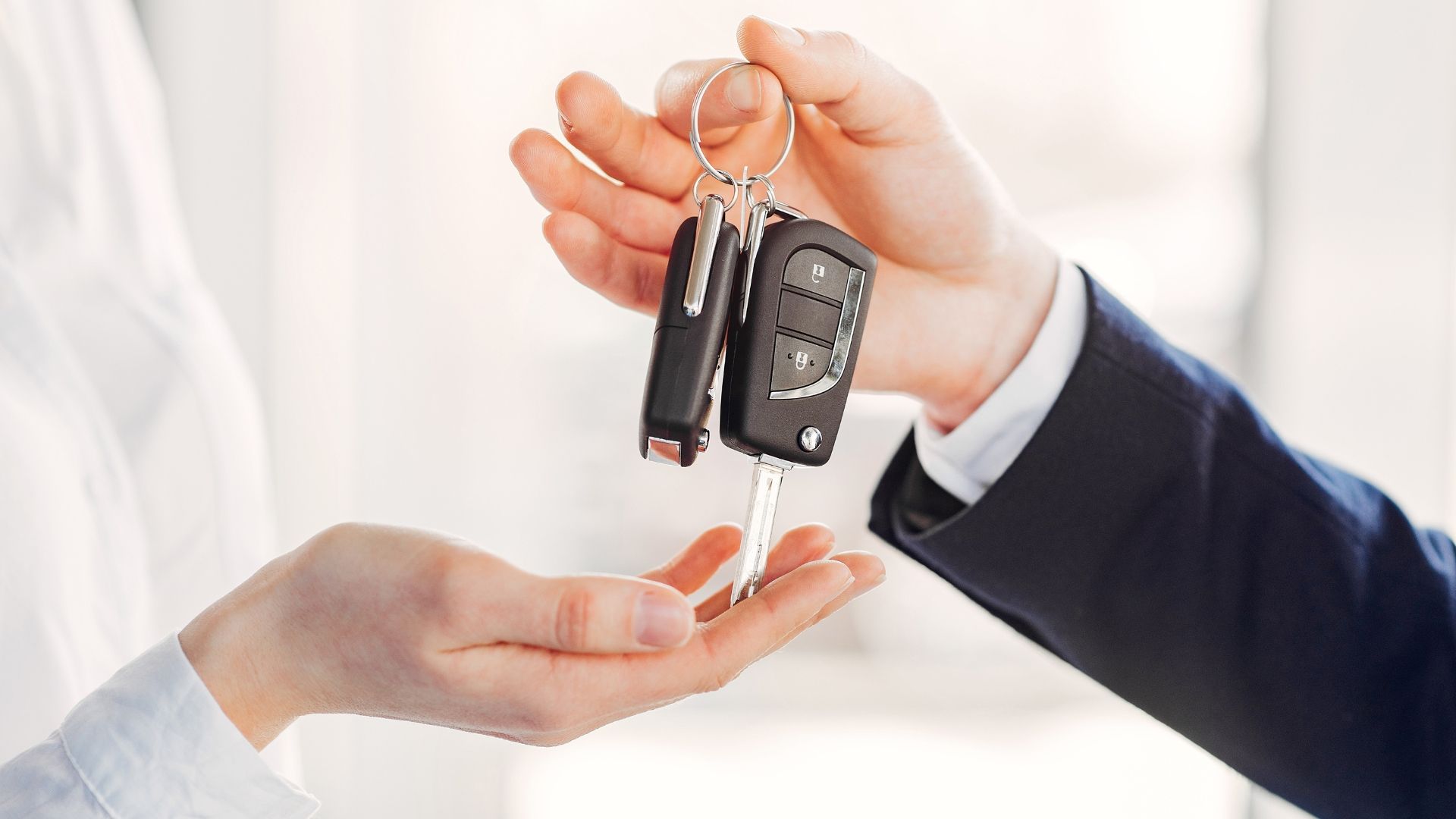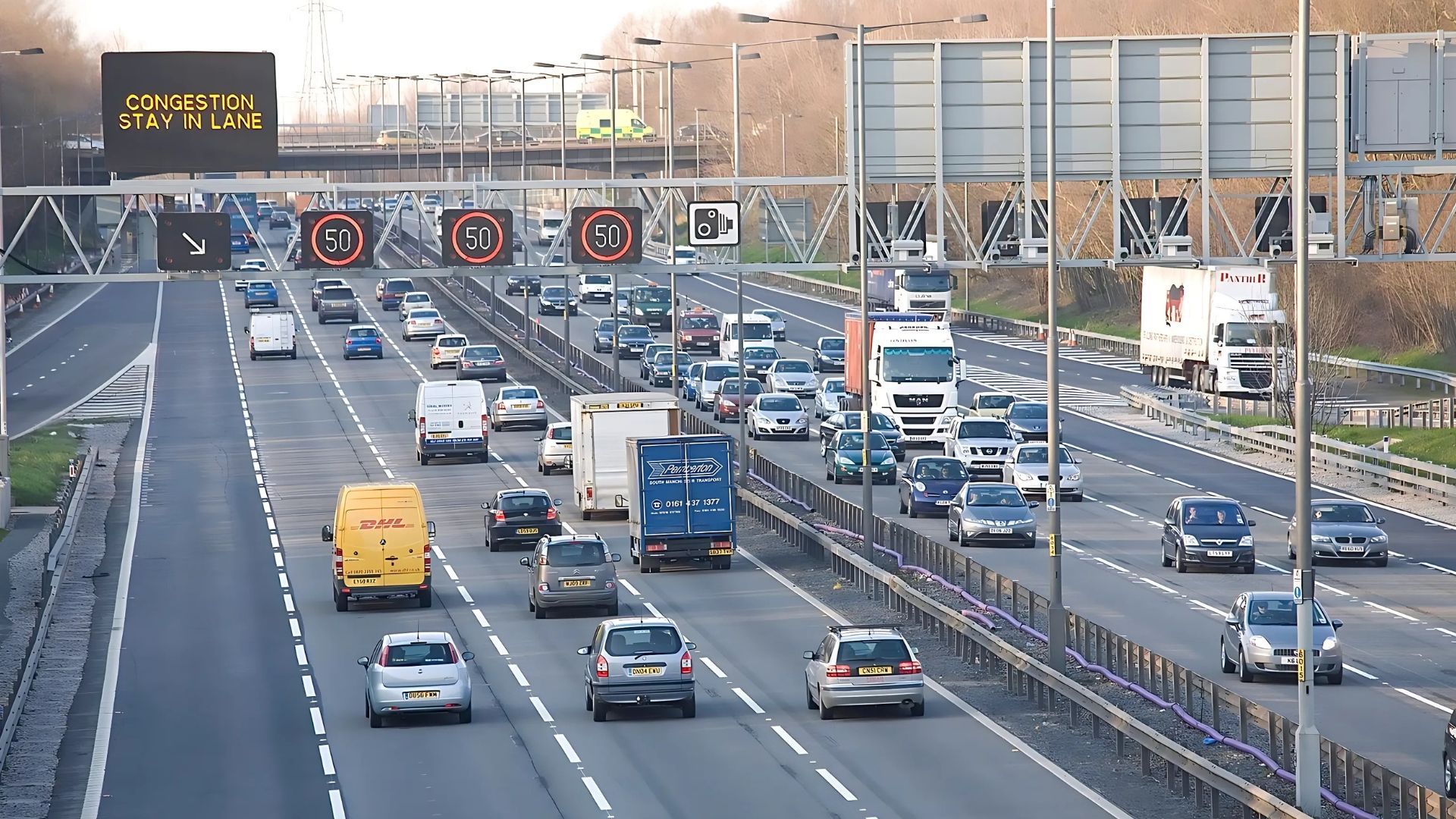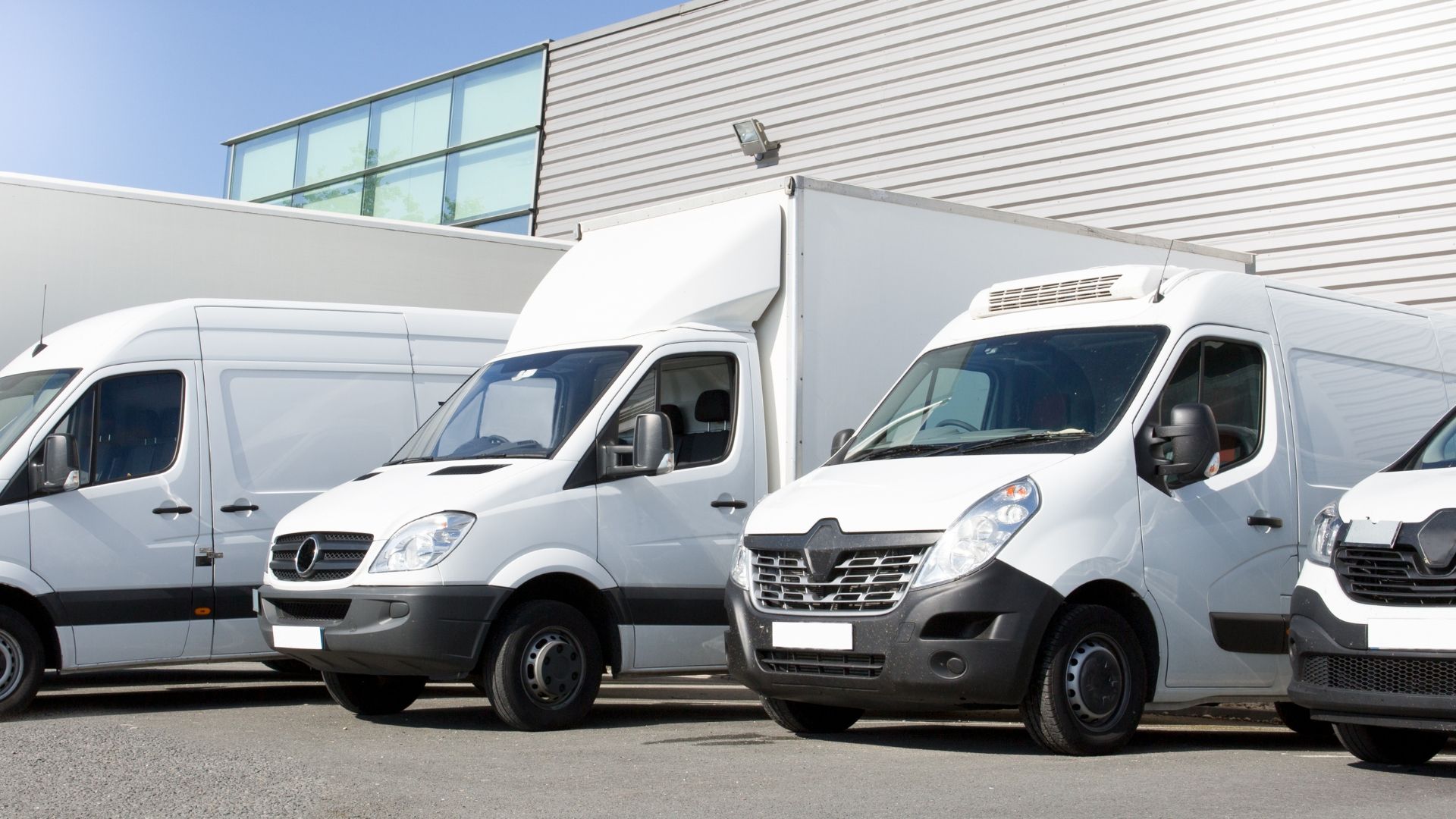Mastering manual transmission: a guide for US drivers in the UK
Are you visiting the UK from a country where automatic cars are common? Learn stick quick with our guide.
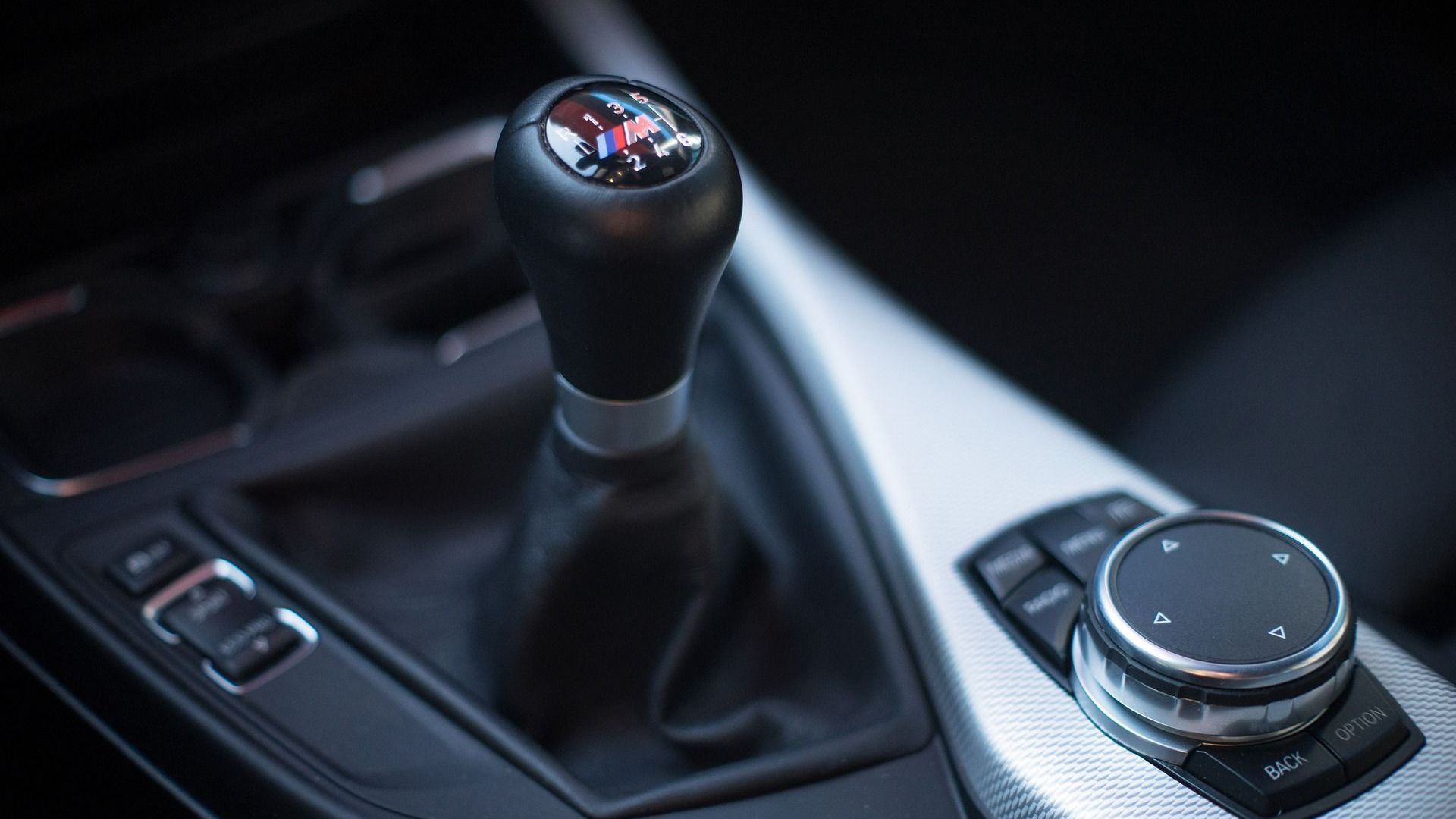
Welcome to the United Kingdom. You've arrived and the journey's about to begin… well, shortly, anyway.
It will, in fact, begin right after we've gotten to grips with these extra few controls.
To start with, the gear shifter looks very unfamiliar. Obviously, the clutch pedal needs a mention. And last but not least, there's a parking brake – which, it turns out, people actually use. Wow!
But fear not. You don't need to return to driver's ed, the DMV or your rental company and hand back the keys. We can help you get on the road with this quick guide to manual transmission.
First step: is your licence valid?
Before you hit the road, you must check that the licence you hold allows you to legally drive a vehicle with a manual transmission.
Broadly speaking, a valid US license will allow this but others don't. Consult your rental company if you're unsure.
The dreaded third pedal
Get to know the clutch pedal. You'll be using it a lot.

In a car with an automatic transmission, the engine's power is engaged and disengaged by an automated system that recognises when we press the gas or brake.
In a manual transmission system, we do this ourselves with the clutch pedal under our left foot. To start moving, progress through gears and bring the car to a complete stop, you need to use the clutch – and you need to use just the right amount at just the right time.
Clutch basics
The clutch pedal is located to the left of the brake pedal. It engages and disengages the engine using a device called a clutch plate.
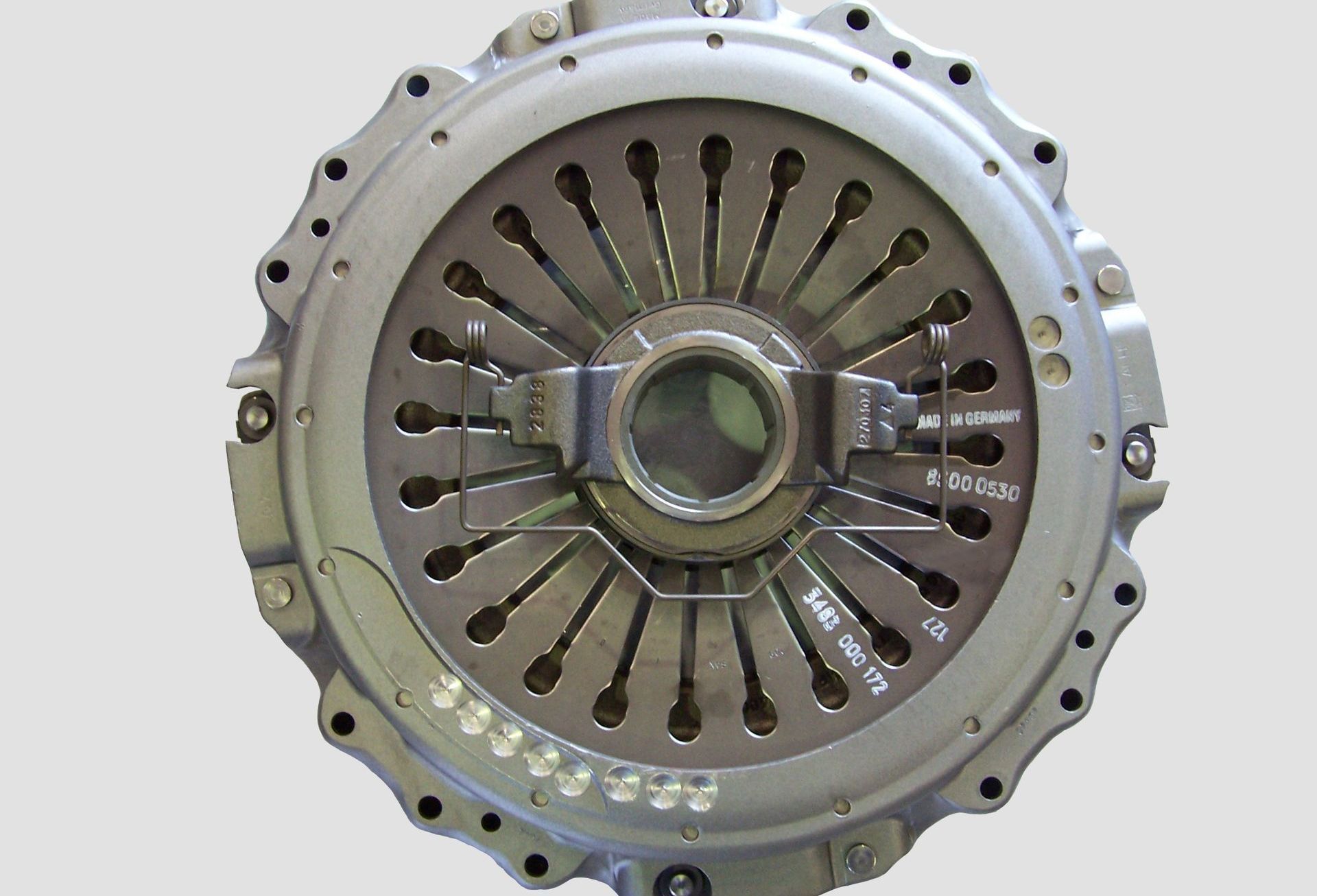
So, you've pressed the clutch pedal with your foot. The pedal moves towards the floor and pulls the clutch plate away from the engine. Releasing the pedal allows the clutch plate to contact the engine again, returning power to the wheels.
When the car is in gear, you don't have to touch the clutch pedal. You only have to use it when you shift gears or come to a stop.
Neutral space
You may have noticed the neutral gear ("N") on your automatic transmission at home. You may have even used it once or twice.
Here in the UK, our manual cars also have this neutral gear. And yes, you'll have to get used to using it.
When in neutral, the engine is turned on and running but not engaged with any driving gear. This means you can rev the engine without moving the car.
It's good practice to return the car to gear neutral when stopping at your destination. Remember that there's no park ("P") gear, so you must engage the parking brake manually to stop the car rolling. (More on this later.)
The gear shifter
In a manual vehicle, the gear selector is in the centre console of the car, coming through directly from the transmission.
Instead of the usual "P", "N", "D", "R" selection, you now have the options of "1", "2", "3", "4" and so on. Modern cars normally come with five or six-speed gearboxes.
Pay attention to the layout as the reverse gear ("R") is sometimes in a different position depending on the manufacturer. Neutral always lies in the middle of the gear layout.
The shifter is operated with your left hand and the gears are organised sequentially from lowest to highest. The low gears are for slow speeds, while the high gears are for high-speed driving.
Moving off
Where we would normally shift the car to drive, we instead press the clutch fully and select first gear.
Now, still pressing the clutch, apply a small amount of pressure on the gas pedal to bring the engine revs up to around 2K. Start to release the clutch pedal and you should feel the bite. This is the point at which the clutch starts to pass power from the engine to the wheels.
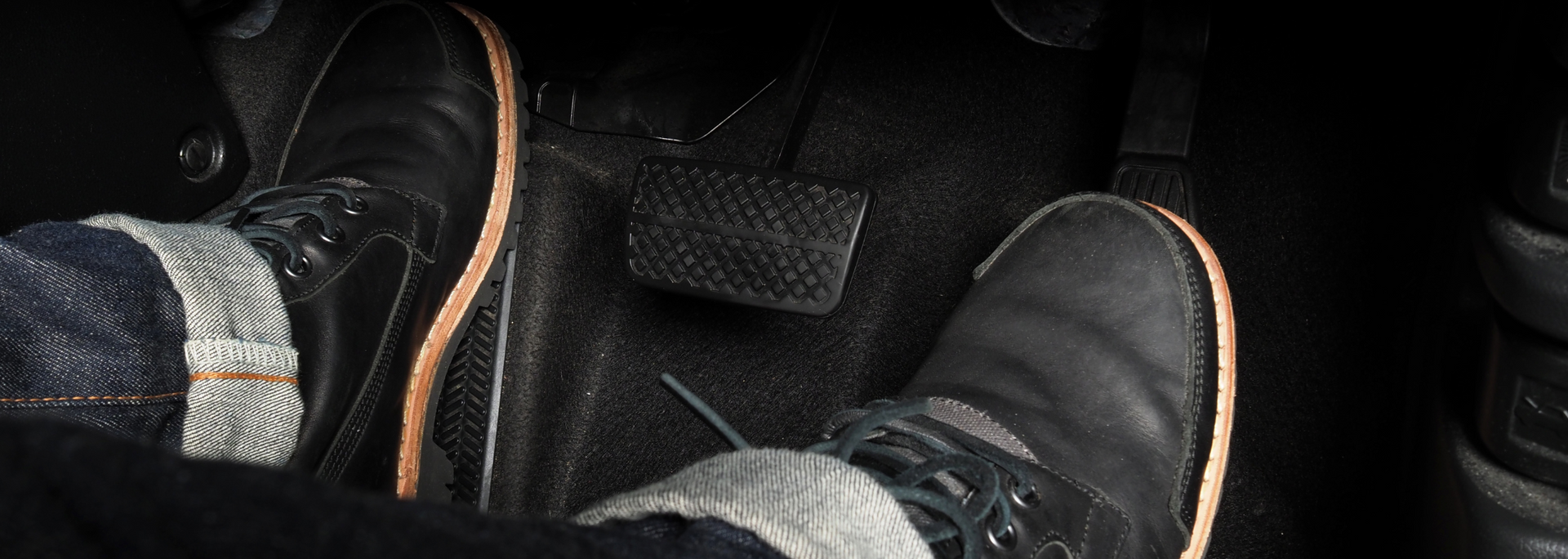
At the bite point, you can start to move the car. Release the parking brake. Continue to decrease pressure on the clutch pedal until it's fully released, then power away as normal.
This takes a little getting used to – and every clutch has its own nuances. Some cars need a little more revs, for instance, before they'll get going. The key is to practice somewhere safe before you hit the road.
Shifting gears
We are moving and it's time to kick things up a notch.
You're accelerating and ready for a gear change, so it's back to the clutch. This time, you don't need to be quite so gentle.
In quick succession, release the gas pedal, fully depress the clutch and move the gear shifter into the desired gear. Now release the clutch.

Et voila! You've just conquered your first gear change.
Unless you've found yourself on a race track, the gear selection should be sequential. First gear is followed by second gear, and so on.
You don't need to follow this rule when slowing down. Just repeat the process and select the appropriate gear for the new speed. (You can still keep your foot on the brake. Unlike the accelerator, the brake pedal can operate while the clutch is pressed.)
What's an appropriate gear when braking?
Let's say you're travelling at 40 miles per hour in fourth gear. You begin to slow for an upcoming corner. Your new speed of 20 miles per hour is perfectly suited to second gear. There's no need here to shift down into third and then second. Third gear can be skipped.
Downshifting like this may also be useful when additional power is required. For example, you might need a quick burst of speed when overtaking.
Imagine you're travelling behind a slow-moving vehicle and it's safe to pass. You're in fourth gear and you downshift to third. The car's engine will rev higher and the gas pedal will become more responsive.
Once you're at overtaking speed, you can return to fourth gear and complete the manoeuvre.
Stopping the car and the parking brake
When you bring the car to a complete stop, fully depress the clutch to remove the engine's power.
Once you've stopped the car, you must use the parking brake to ensure the car does not move or roll while the car is in neutral. Neutral gear is always selected before turning off the engine to avoid stalling or unintentional movement when re-starting the engine.
There you have it, a simple guide to driving stick in the UK! You're now ready to set off.
If this all sounds a bit much, remember there's always the option to
hire an automatic car from MVH Rental.
We have been supplying flexible and affordable rental cars in Gateshead and the North East for more than 20 years – and we're just 15 minutes from Newcastle International Airport.
Get in touch for a quote today.

